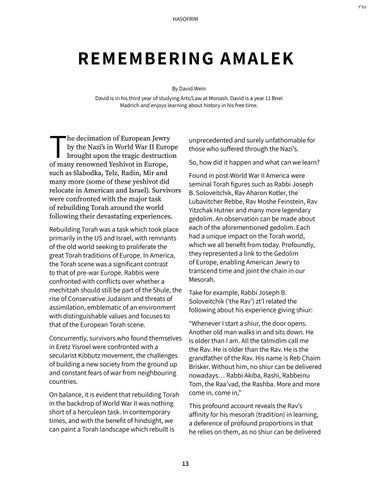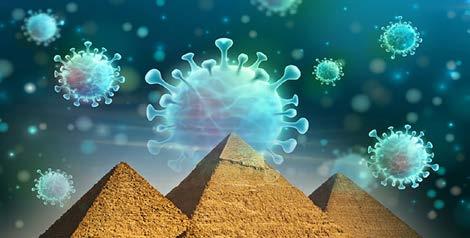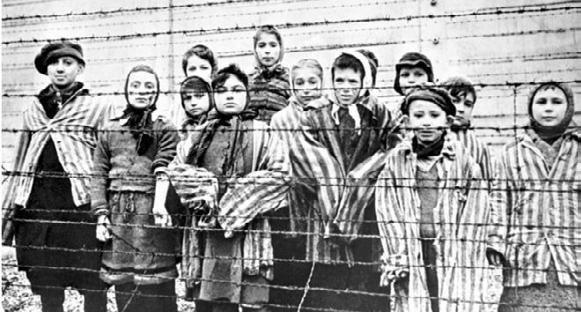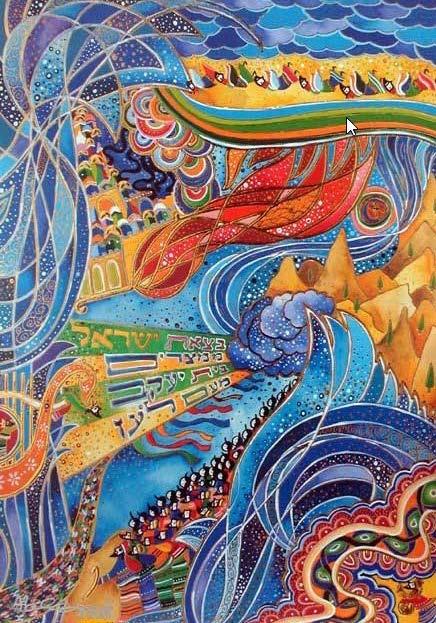בס״ד
HASOFRIM
REMEMBERING AMALEK By David Wein David is in his third year of studying Arts/Law at Monash. David is a year 11 Bnei Madrich and enjoys learning about history in his free time.
T
he decimation of European Jewry by the Nazi’s in World War II Europe brought upon the tragic destruction of many renowned Yeshivot in Europe, such as Slabodka, Telz, Radin, Mir and many more (some of these yeshivot did relocate in American and Israel). Survivors were confronted with the major task of rebuilding Torah around the world following their devastating experiences.
unprecedented and surely unfathomable for those who suffered through the Nazi’s. So, how did it happen and what can we learn? Found in post-World War II America were seminal Torah figures such as Rabbi Joseph B. Soloveitchik, Rav Aharon Kotler, the Lubavitcher Rebbe, Rav Moshe Feinstein, Rav Yitzchak Hutner and many more legendary gedolim. An observation can be made about each of the aforementioned gedolim. Each had a unique impact on the Torah world, which we all benefit from today. Profoundly, they represented a link to the Gedolim of Europe, enabling American Jewry to transcend time and joint the chain in our Mesorah.
Rebuilding Torah was a task which took place primarily in the US and Israel, with remnants of the old world seeking to proliferate the great Torah traditions of Europe. In America, the Torah scene was a significant contrast to that of pre-war Europe. Rabbis were confronted with conflicts over whether a mechitzah should still be part of the Shule, the rise of Conservative Judaism and threats of assimilation, emblematic of an environment with distinguishable values and focuses to that of the European Torah scene.
Take for example, Rabbi Joseph B. Soloveitchik (‘the Rav’) zt’l related the following about his experience giving shiur: “Whenever I start a shiur, the door opens. Another old man walks in and sits down. He is older than I am. All the talmidim call me the Rav. He is older than the Rav. He is the grandfather of the Rav. His name is Reb Chaim Brisker. Without him, no shiur can be delivered nowadays… Rabbi Akiba, Rashi, Rabbeinu Tom, the Raa'vad, the Rashba. More and more come in, come in,”
Concurrently, survivors who found themselves in Eretz Yisroel were confronted with a secularist Kibbutz movement, the challenges of building a new society from the ground up and constant fears of war from neighbouring countries. On balance, it is evident that rebuilding Torah in the backdrop of World War II was nothing short of a herculean task. In contemporary times, and with the benefit of hindsight, we can paint a Torah landscape which rebuilt is
This profound account reveals the Rav’s affinity for his mesorah (tradition) in learning, a deference of profound proportions in that he relies on them, as no shiur can be delivered
13









